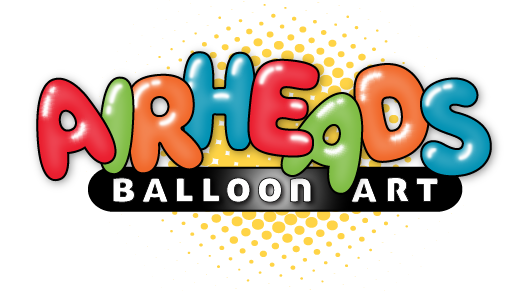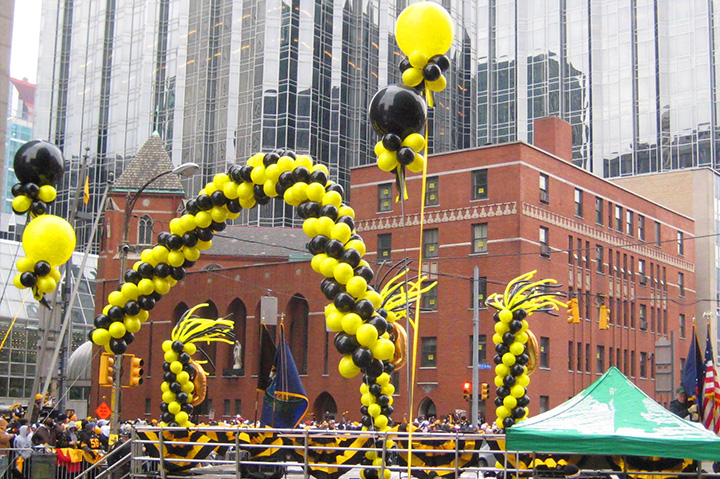Parade balloons are a delightful sight, bringing joy and excitement to spectators during festive events. However, behind the magic lies a responsible team of balloon handlers who ensure the safe navigation and operation of these massive inflatables. Whether you’re a seasoned parade balloon handler or a first-timer, it’s crucial to prioritize safety at all times. In this blog post, we’ll explore essential guidelines for parade balloon handlers to ensure a successful and accident-free experience.
Training and Briefing:
Before participating in any parade as a balloon handler, ensure you receive proper training and a comprehensive safety briefing. Experienced balloon handlers or event organizers should conduct this training, covering inflation techniques, handling procedures, emergency protocols, and communication signals. Understanding your role and responsibilities is vital for a seamless and safe parade.
Teamwork and Communication:
Parade balloon handling is a team effort that requires effective communication among handlers. Establish clear signals and hand gestures to coordinate inflation, deflation, and maneuvers. Work with your team members to ensure everyone is on the same page and knows their designated positions along the parade route.
Secure Anchoring:
Properly securing the parade balloon’s tether lines is crucial for preventing accidents. Always use sturdy and well-maintained anchor points, and avoid attaching them to vehicles or objects that are not specifically designed for this purpose. Double-check the tether lines before the parade begins and periodically during the event to ensure they remain secure.
Monitor Weather Conditions:
Weather conditions can significantly impact the safe handling of parade balloons. Wind is a major concern, as it can cause balloons to sway or become unstable. Monitor weather forecasts and have a clear wind threshold beyond which balloons will not be inflated or allowed to fly. In case of adverse weather conditions during the parade, have a predetermined plan for handling the balloons safely.
Maintain Safe Distances:
During the parade, maintain safe distances between the parade balloon and other objects, structures, or participants. Be aware of overhead obstacles such as power lines and streetlights, ensuring the balloon’s trajectory remains clear of any potential hazards.
Crowd Interaction:
Crowds may be enthusiastic about parade balloons, but it’s essential to ensure they maintain a safe distance from the inflated balloons. Handlers should be vigilant and use crowd control barriers or ropes to create a buffer zone between the spectators and the balloons.
Emergency Preparedness:
No matter how well-prepared you are, emergencies can happen. Be ready to respond swiftly and calmly to any unforeseen situation. Establish an emergency plan and ensure all handlers are familiar with it. This plan should include procedures for rapid deflation, disconnection from the balloon, and crowd control in case of a sudden balloon release.
Conclusion:
As parade balloon handlers, safety is your utmost priority. Following these essential guidelines and working together as a well-coordinated team will help ensure a successful and accident-free parade. Remember that responsible handling not only protects participants and spectators but also contributes to the enjoyment and magic of the parade experience. With proper training, communication, and adherence to safety protocols, parade balloon handlers play a vital role in creating memorable and delightful events for everyone involved.

